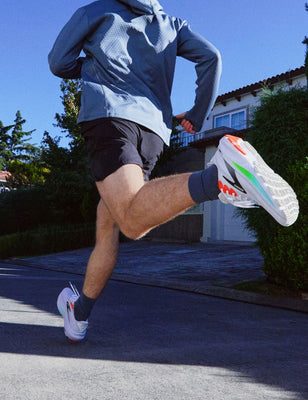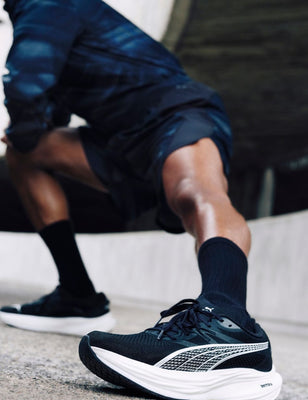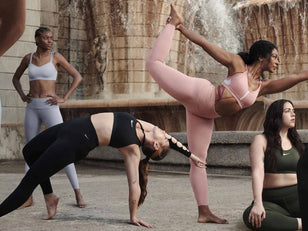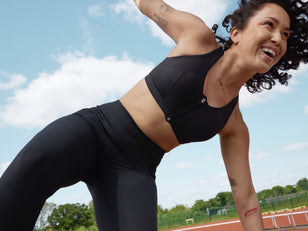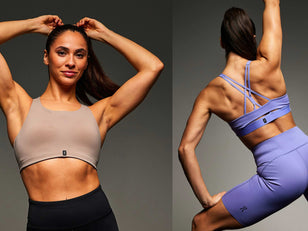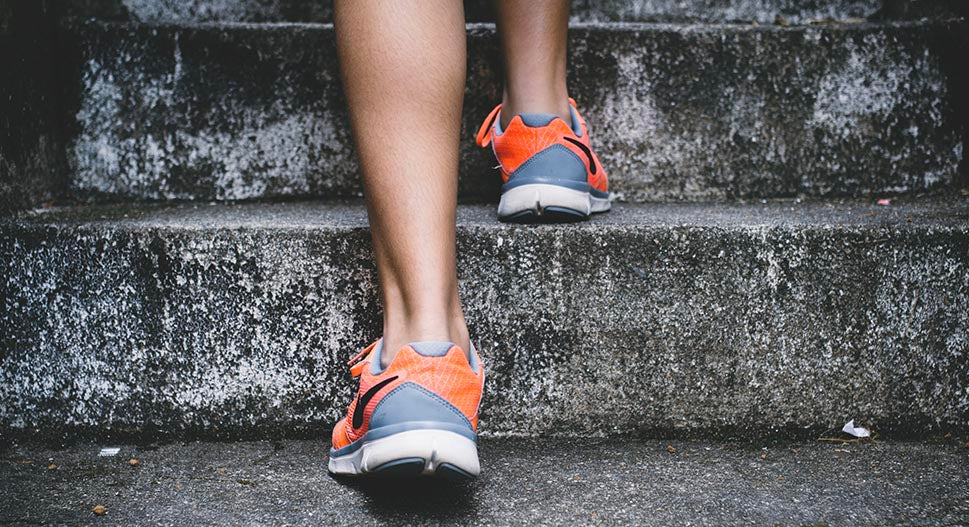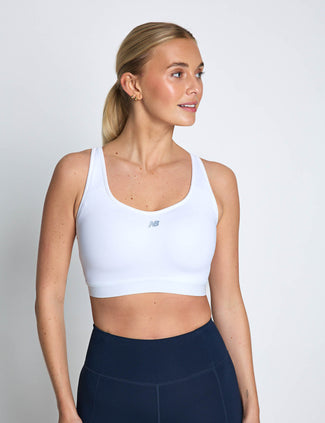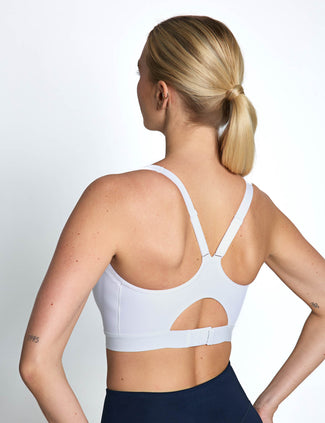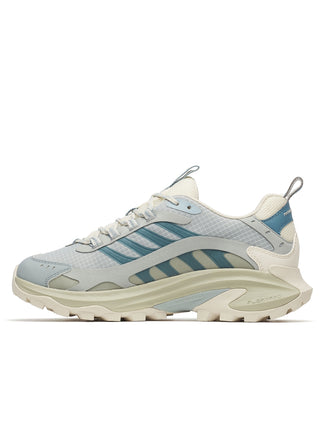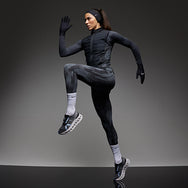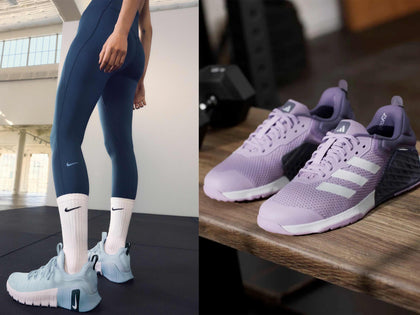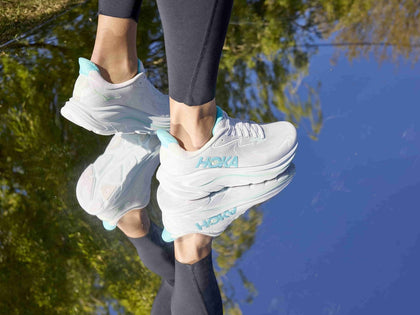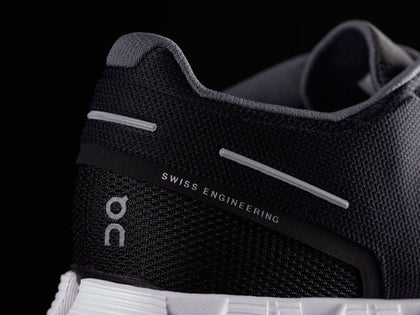What is non-exercise activity thermogenesis (NEAT)?
It sounds pretty daunting, but NEAT is just a fancy word for the amount of energy you spend moving around being active but which isn’t formal exercise.
Why is NEAT important for my fat loss goals?
NEAT is notoriously underestimated when it comes to assessing energy expenditure. Generally we assume we burn a lot of calories exercising and then fairly little the rest of the day, but this is not the case.
We actually burn less calories exercising than we think. For example, a standard hour in the gym lifting weights will only burn around 180 calories and possibly even less depending on your size.
Whereas the amount of calories you can burn by staying as active as possible throughout the day (even at a much lower pace or intensity than at the gym) will have a far bigger impact on your daily energy expenditure.
This is demonstrated clearly if we look at your total daily energy expenditure as a whole: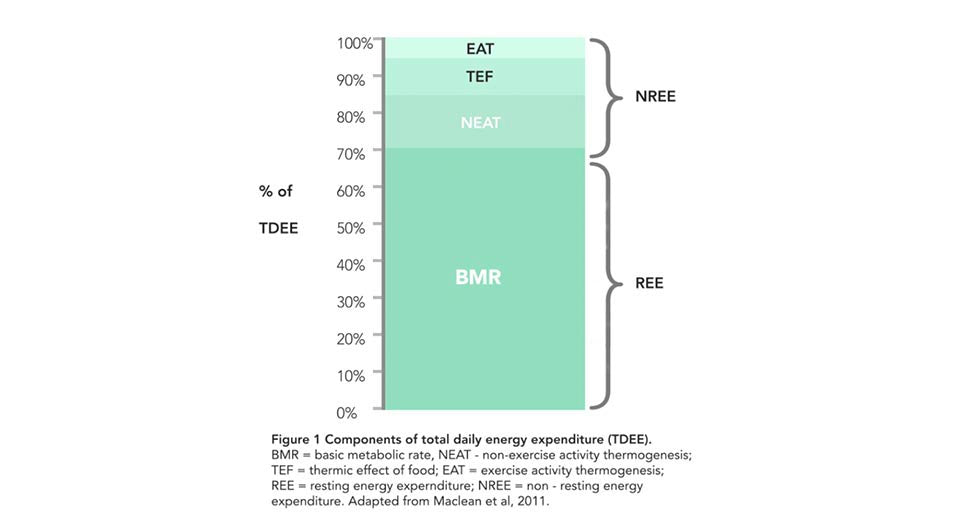
Energy terms you need to know:
-
BMR - Basal metabolic rate
This is the amount of calories you need just to stay alive
-
TEF - Thermic effect of food
This is the amount of calories it takes to digest and process your food
-
EAT - Exercise activity thermogenesis
The calories used during exercise
-
NEAT - Non exercise activity thermogenesis
The calories used for activity that is not formal exercise.
Interpreting the data for optimum results
The graph shows the standard contribution of each. Obviously if you are an elite athlete training for hours a day, the calories you burn during exercise will play a bigger role. But for most of us who work out for an hour or so max a day this is a good indication.
We can’t influence BMR or TEF to any meaningful extent, but what we can do is influence EAT and NEAT. If you already work out regularly, then NEAT is in many ways easier to increase and will result in a bigger contribution to total daily energy expenditure than additional exercise will. Unless of course you have the time and motivation to exercise for hours a day.
Another reason why NEAT is so important when considering weight loss goals, is that you often subconsciously reduce your activity levels when reducing your calorie intake. Restrictive diets may also hamper the performance of your ability to exercise at high intensity, thus hampering your EAT and overall fitness/strength goals too. Unfortunately this can mean that the deficit in energy you thought you had created is much smaller, or in some cases non-existent!
Some elegant mice studies show that the difference in weight lost between mice on the same diet was directly attributable to the extent to which they reduced their activity levels. I am sure everyone has noticed that people respond differently to diets and their level of NEAT is one of the reasons that some people lose more or less weight even if they stick to the same diet.

So why do we subconsciously reduce NEAT when dieting?
What may now seem like an unfair response to reduced food intake does have good reasoning. Reducing your activity levels in response to less energy intake is a way of saving calories and did at one point provide an important evolutionary advantage. In times when food was sparse, this response would have worked to avoid starvation.
However, nowadays we are more likely to be overweight than to starve, so this evolutionary trait has somewhat back fired.
There is a silver lining though! Now that we know that reduced NEAT can hamper our fat loss goals and that increased NEAT may help them, we can explore ways in which we can consciously maximise our NEAT.
7 ways to increase your NEAT:
1) Walk more
This one seems very obvious but if you can walk somewhere then walk! Or cycle.
2) Park further away
We always tend to try and find the parking spot closest to the supermarket or office. Changing this up so that you park further away can help you get your step count up and may even help you arrive at the office in a better mood or make a quick list in your head for your supermarket shop.
3) An active commute
Can you cycle, walk or rollerblade (hey, you never know!) to work? Or, can you get off the bus or tube a stop early and get in some extra steps on your way? Make this active commute part of your everyday travel and it will soon become a way of life.
4) Get moving on your breaks
It is hard to get away from the fact that most of us have quite sedentary jobs. Now, aside from quitting your job and becoming a postman or woman the next best thing is to work with your environment and do what you can. Instead of going straight to the canteen for lunch why not taking a 10min walk before hand or walk on your coffee break.
You’ll often find your productivity, creativity and alertness is also heightened after some fresh air and a good stretch of the legs.
5) Get a Fitbit/pedometer
What gets measured gets managed. Tracking your step count means you can be accountable to how active (or inactive you are being). You may think you are quite an active person, but once you start measuring this you realise you are far less active than you thought (that is what happened to me!).
There are plenty of high end apple watches and Fitbits that will track your steps, your sleep, your heart rate and your calorie expenditure, but all you really need is a pedometer, which you’re already likely to have on your phone! If not then you can buy one for less than a fiver.
6) Take the stairs
This may seem like a small, insignificant change but doing it at every opportunity will make a difference.
7) Can you be both active and productive?
Can you do your mundane emails or admin on your phone while out for a walk or on the treadmill or bike at the gym?
Can you go on walking meetings as opposed to sitting in offices?
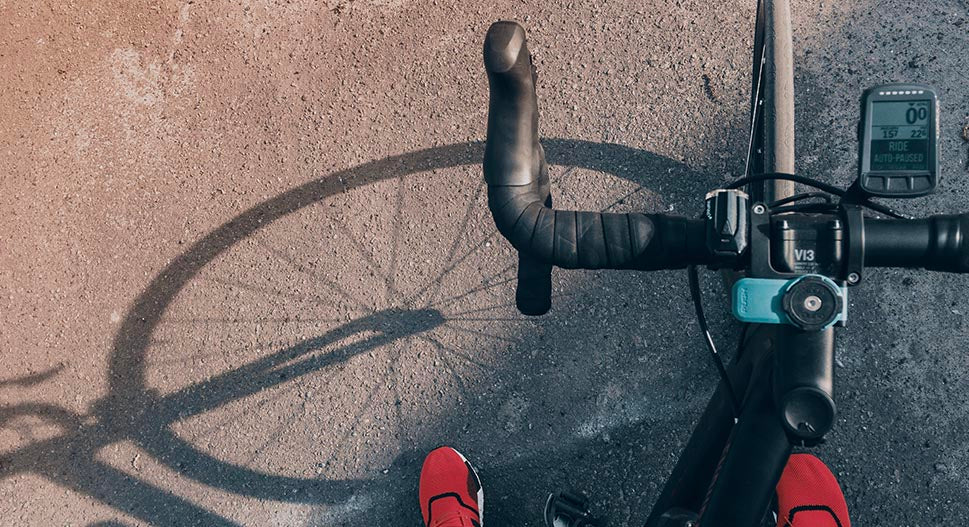
Small lifestyle changes, big results
These are just some ideas that may help you increase your NEAT. The main factor would be to fit these into your life and turn them into habits. Once something is a habit it takes far less conscious effort to do and requires far less will power. Do you ever feel it takes a lot of will power to brush your teeth? No, because it is a habit. It is autopilot mode, you just do it without thinking.
Some of these changes may seem small and inconsequential, but this is the magic of small changes. They compound over time. For example, it may seem like getting up and doing 10 squats won’t do much for your leg strength. It won’t in isolation, but if you get up and do that every day for a month – that’s around 300 squats you weren’t doing before. THAT will start to make a difference, and over the course of a year such small habits will compound over time to give big results.
In conclusion
Three NEAT takeaways to live by:
- NEAT is an often under appreciated factor when it comes to the amount of energy we use during the day
- Our body will try to defend its energy stores when we diet by reducing energy expenditure. One way it does this is by subconsciously making you move less
- There are various ways you can increase your activity levels. Finding ways which fit into your life will make adherence a lot easier!









